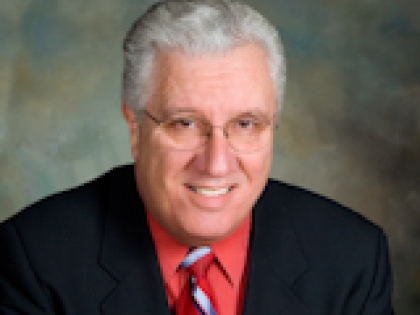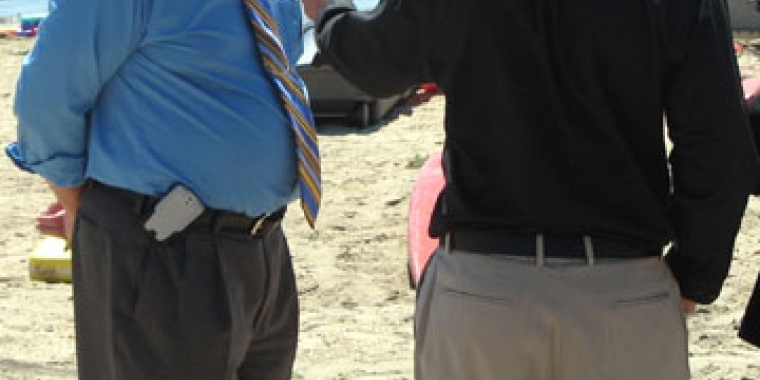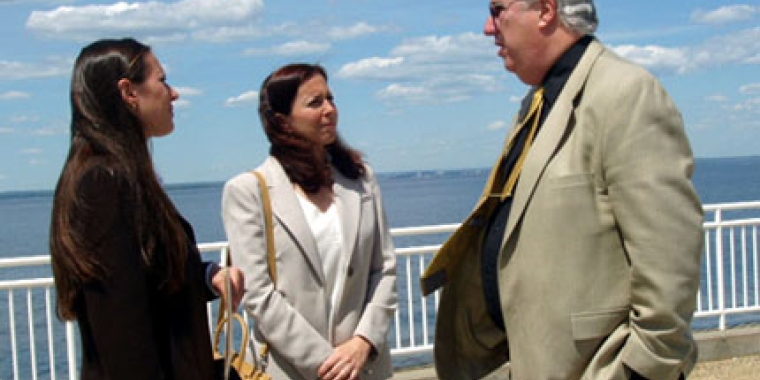
REBUILDING AFTER SANDY

Senator Carl L. Marcellino along with members of the Senate Standing Committee on Investigations and Government Operations, held a hearing to consider possible infrastructure and construction improvements, zoning changes and beach protection when rebuilding in the aftermath of Super Storm Sandy in order to best prevent destruction from the next big storm.
“We need to learn a lesson from the three little pigs. Mother nature will continue to huff and puff, and we need to rebuild like the third little pig to survive the next storm,” said Senator Carl L. Marcellino
On October 29, 2012, super storm Sandy hit Long Island and New York City with winds over 60 mph. The storm blew down trees, power lines and caused significant coastal flooding, resulting in 305,000 housing units destroyed or damaged. the damage from Sandy revealed serious flaws in the protection, placement and construction of our infrastructure. New York State and its municipalities need to discuss where we place infrastructure, our construction techniques, and the future evolution of our communities.
“When Sandy flooded areas that few suspected were in flood zones, Sandy told us that the coastline is wider than we previously thought, we must learn to build stronger than before and protect our important infrastructure,” said Senator Marcellino
Low lying sewage treatment plants were flooded by the storm surge resulting in hundreds of millions of gallons of raw sewage flowing into New York waters. It is estimated that the State will need to spend $1.1 billion on repairs. Appropriate planning needs to take place to prevent future damage from flooding and overflows.
Coastal municipalities will consider beach reconstruction projects, including sea wall or dune building, or nourishing beaches with additional sand. Some have suggested that these projects should also have serious discussions on limiting development close to the shore.
“Today we have assembled experts to help us answer these hard questions,” concluded Senator Marcellino
Witness List:
Edward Mangano, County Executive
County of Nassau, New York
Lewis Dubuque, Executive Vice President
New York State Builders Association
John Bachenski, Design Professional/NYC Director
International Masonry Institute
Elizabeth Sheargold, Associate Director
Columbia Center for Climate Change Law
James Rausse, AICP, President
American Planning Association, Metro New York Chapter
James Ammerman, Ph.D., Director
New York Sea Grant
Jay Tanski, Coastal Process Specialist
New York Sea Grant
Nate Woiwode, Policy Advisor, Marine and Coastal Team
The Nature Conservancy on Long Island
Douglas Hill, Consulting Engineer and Adjunct Lecturer
Stony Brook University
Jack Schnirman, City Manager
City of Long Beach
Joseph Madigan, Assistant Superintendent of Buildings and the Village’s Floodplain
Manager/Mitigation Coordinator
City of Freeport


